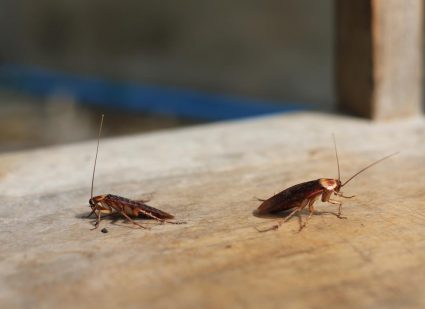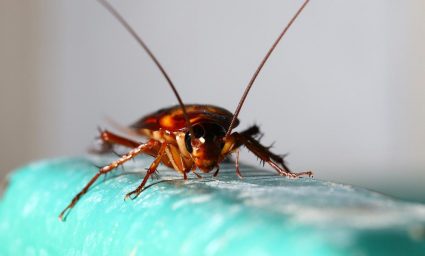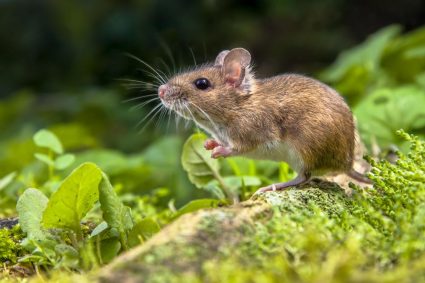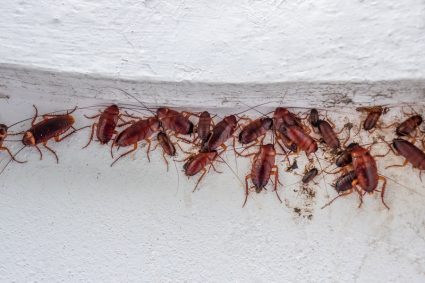
Fleas are a common nuisance for pet owners and homeowners alike. Understanding the life cycle of fleas, including what young fleas look like, can help in the identification and effective eradication of these pests. This article aims to provide a comprehensive overview of the appearance, behavior, and development of young fleas.
Young fleas, also known as larvae, are tiny, slender, and almost transparent when they first emerge from their eggs. They measure between 1-1.5 mm long in their first stage and grow to 5-8 mm in their last stage. They are legless and eyeless with segmented bodies, and they have a whitish, maggot-like appearance.
Characteristics of Young Fleas
Young fleas, also known as larvae, are tiny, slender, and almost transparent when they first emerge from their eggs. They measure between 1-1.5 mm long in their first stage (1st instar) and grow to 5-8 mm in their last stage (3rd instar). Unlike adult fleas, larvae are legless and eyeless. They have segmented bodies and large chewing mandibles, which help them feed on organic debris such as dried blood and flea feces, also known as “flea dirt”.
How Do Young Fleas Differ From Adult Fleas?
Young fleas differ from adult fleas in several ways. Adult fleas are wingless, range from 1/32 to 1/8 of an inch in length, and are black to brownish-black in color. They have powerful hind legs that allow them to jump onto new hosts. In contrast, flea larvae are about 2-5 mm long, have a whitish, maggot-like appearance, and are eyeless and legless.
Flea Life Cycle: From Egg to Adult
Fleas undergo a complete metamorphosis, which consists of four stages: egg, larva, pupa, and adult. Flea eggs are small, white objects, slightly smaller than a grain of sand. Once hatched, the larvae feed on organic matter and eventually spin silken cocoons in which they develop into adult fleas.
Unique Traits of Young Fleas
Flea larvae exhibit some unique behaviors and traits that distinguish them from adult fleas. They are blind and avoid light, developing over several weeks by eating pre-digested blood (known as flea “dirt”) that adult fleas pass, along with other organic debris in the environment.
Distinguishing Between Young Fleas and Other Household Insects
To distinguish between a young flea and other common household insects, consider the following characteristics of fleas: size and shape, color, legs, antennae, and larvae. Fleas are small, wingless insects that are 1 to 4 mm long, depending on the species. They are laterally compressed, which means they appear flattened from side to side.
Ideal Conditions for Flea Growth and Development
The ideal conditions for young fleas’ growth and development include temperatures between 70-90°F (21-32°C), relative humidity of 70-85%, moist and dark environments with organic debris, and the availability of a host for adult fleas to feed on.
Fleas’ Appearance as They Mature
Throughout their life stages, fleas change in size, color, and appearance, with the most significant transformations occurring between the larval and pupal stages, and between the pupal and adult stages.
The Maturation Timeline of a Flea
Given optimal conditions, the time taken for an egg to develop into an adult flea is usually between 2 and 4 weeks. However, in unfavorable conditions, it can take several months, with some experiments showing 22 weeks from egg to adult.
Understanding the appearance and behavior of young fleas is crucial for effective pest control. By knowing what to look for, you can identify a flea infestation early on and take necessary measures to eliminate these pests from your home.
Frequently Asked Questions
What are the signs of a flea infestation in my home?
Some signs of a flea infestation include: your pets scratching or biting their skin more than usual, seeing tiny black or brown insects jumping on your pet’s fur or around your home, finding flea dirt (small, dark specks) on your pet’s skin or bedding, and sometimes, flea bites on humans, which appear as small, itchy red bumps.
How can I prevent flea infestations in my home?
Prevention measures include regularly vacuuming your home, washing your pet’s bedding frequently, using flea treatments on your pets as recommended by your vet, and keeping your yard clean and free of debris where fleas can thrive.
How can I get rid of fleas in my home?
To get rid of fleas, you can use a combination of methods such as vacuuming, washing all bedding, using insecticide sprays or foggers, and treating your pets with flea control products. In severe cases, you may need to hire a professional pest control service.
Can fleas harm humans?
While fleas primarily target pets, they can also bite humans, causing itchiness and irritation. In rare cases, fleas can transmit diseases like typhus and plague, or parasites like tapeworms.
Are there natural ways to get rid of fleas?
Yes, some natural remedies include using diatomaceous earth, a non-toxic powder that dehydrates and kills fleas, using essential oils like eucalyptus or tea tree oil, or using flea traps with dish soap and water. However, these remedies may not be as effective as commercial products or professional pest control services.












